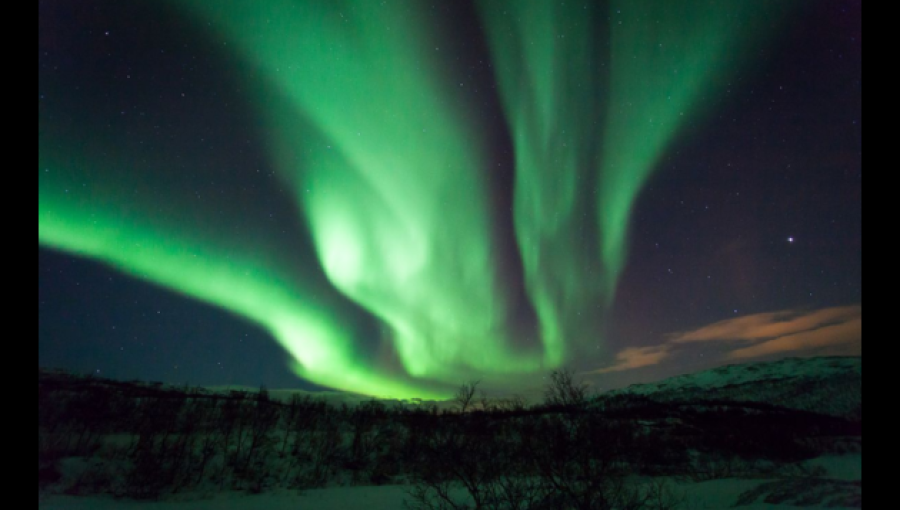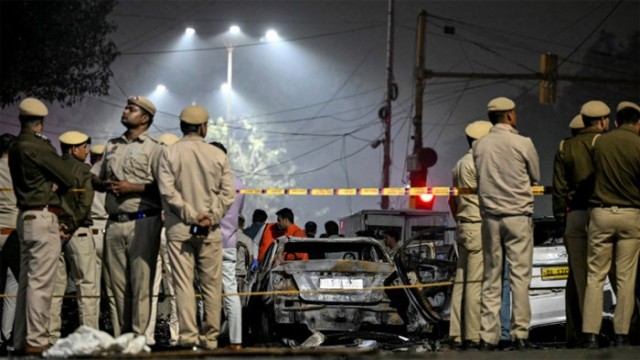The Earth experienced its most potent solar storm in over two decades on Friday, igniting breathtaking celestial displays from Tasmania to Britain and posing potential threats to satellites and power grids as it continues through the weekend.
The initial coronal mass ejection (CME), characterized by expulsions of plasma and magnetic fields from the Sun, occurred shortly after 1600 GMT, as reported by the National Oceanic and Atmospheric Administration (NOAA)'s Space Weather Prediction Center. Subsequently, it was upgraded to an "extreme" geomagnetic storm, marking the first occurrence since the notorious "Halloween Storms" of October 2003, which induced blackouts in Sweden and inflicted damage on South Africa's power infrastructure. Further CMEs are anticipated to impact the planet in the upcoming days.
Social media platforms were ablaze with users sharing images of auroras visible across northern Europe and Australasia.
"We've just woken the kids to go watch the Northern Lights in the back garden! Clearly visible with the naked eye," exclaimed Iain Mansfield, a think tanker from Hertford, Britain, in conversation with AFP.
"Absolutely biblical skies in Tasmania at 4 am this morning. I'm leaving today and knew I could not pass up this opportunity," shared photographer Sean O'Riordan alongside a striking photograph.
Authorities issued notifications to satellite operators, airlines, and power grid operators, advising precautionary measures to mitigate potential disruptions arising from alterations in Earth's magnetic field.
Unlike solar flares, which traverse space at the speed of light and reach Earth in approximately eight minutes, CMEs move at a more leisurely pace, with an average speed currently estimated at 800 kilometers (500 miles) per second. Originating from a colossal sunspot cluster 17 times wider than Earth, these phenomena coincide with the Sun nearing the peak of an 11-year cycle characterized by heightened activity.
Professor Mathew Owens, specializing in space physics at the University of Reading, suggested, "Go outside tonight and look," emphasizing the potential spectacle of witnessing auroras. He also recommended using eclipse glasses to observe the sunspot cluster during daylight hours.
In the United States, regions such as Northern California and Alabama could witness these phenomena, according to officials.
Brent Gordon of NOAA encouraged individuals to attempt capturing images of the night sky using smartphone cameras, even if auroras aren't visible to the naked eye.
"Spacecraft and pigeons," both susceptible to the effects of fluctuating magnetic fields associated with geomagnetic storms, face potential risks. However, the Earth's atmosphere acts as a shield against the radiation emitted during such events.
The Carrington Event of September 1859, regarded as the most potent geomagnetic storm in recorded history, resulted in excess currents on telegraph lines, causing electrical shocks to technicians and igniting some telegraph equipment.































Comment: